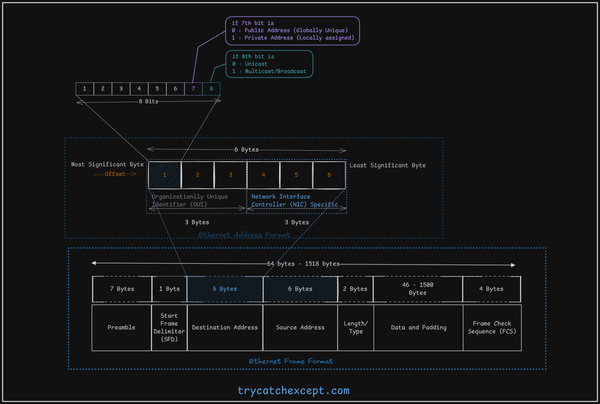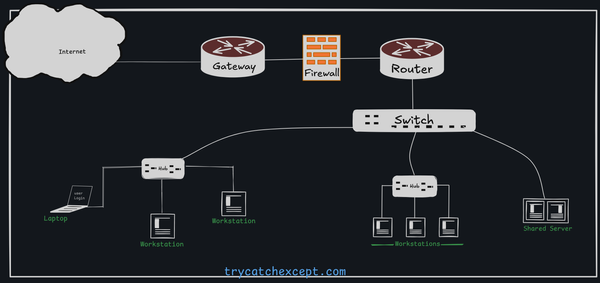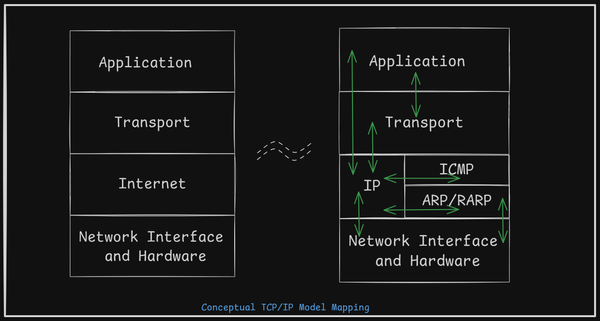Why Do We Need Data Structure?
What is Data Structure ? Why Data Structure ? Implementating data structures in C.
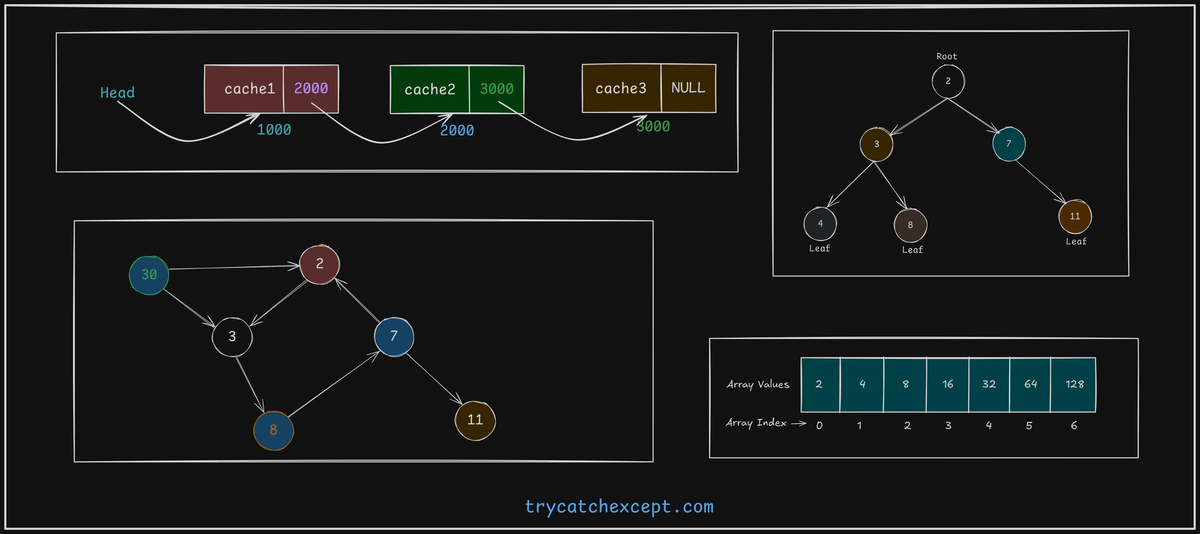
🌟 For every programmer, mastering data structures is crucial! 🌟
Understanding which data structure is most suitable for a particular problem can significantly impact the effectiveness of a solution. While there may be multiple approaches to tackle a challenge, considering the larger context helps us identify the most appropriate one.
To navigate this journey, we can explore the what, why, and how of data structures! 🔍✨
What is a Data Structure? 📦
A data structure is like a way of organizing and storing data so that we can easily access and use it. Think of it as a container that holds a collection of related data items.
Why Do We Need Data Structures? 🤔
- Organization: Just like you organize your closet with boxes and shelves, data structures help us organize data in a meaningful way.
- Efficiency: Some data structures make it faster to find, add, or remove items. Imagine finding your favorite shirt quickly in a well-organized closet versus a messy one! ⏱️
- Better Management: They help us manage large amounts of data effectively.
For examples,
- A library uses data structures to keep track of all the books. 📚
- Contacts in mobile📱is great example of data structure and it's usage.
Imagine this scenario: You want to find your friend's phone number from a mobile that holds hundreds of contacts. Instead of scrolling endlessly, you simply head to your saved contacts and search for your friend's name. 🕵️♂️✨
Now, if you hadn’t saved your friend's name, locating that number would become a daunting task! In this process, you've accomplished two important things:
- Saving the contact number. 📝
- Searching for a specific number. 🔍
By organizing your data in a specific format, you can quickly find any name, saving you precious time. ⏰ Without a proper data structure, you risk wasting not only time but also storage!
🛠️ How to Solve This?
When selecting the right data structure, it’s essential to consider two key factors:
- ⏱️ Time Complexity - Your solution should be efficient and fast!
- 💾 Space Complexity - Your solution should use minimal space!
By keeping these two aspects in mind, you can choose a data structure that not only meets the performance requirements but also optimizes resource usage.
Common Types of Data Structures
- Arrays

- Stack
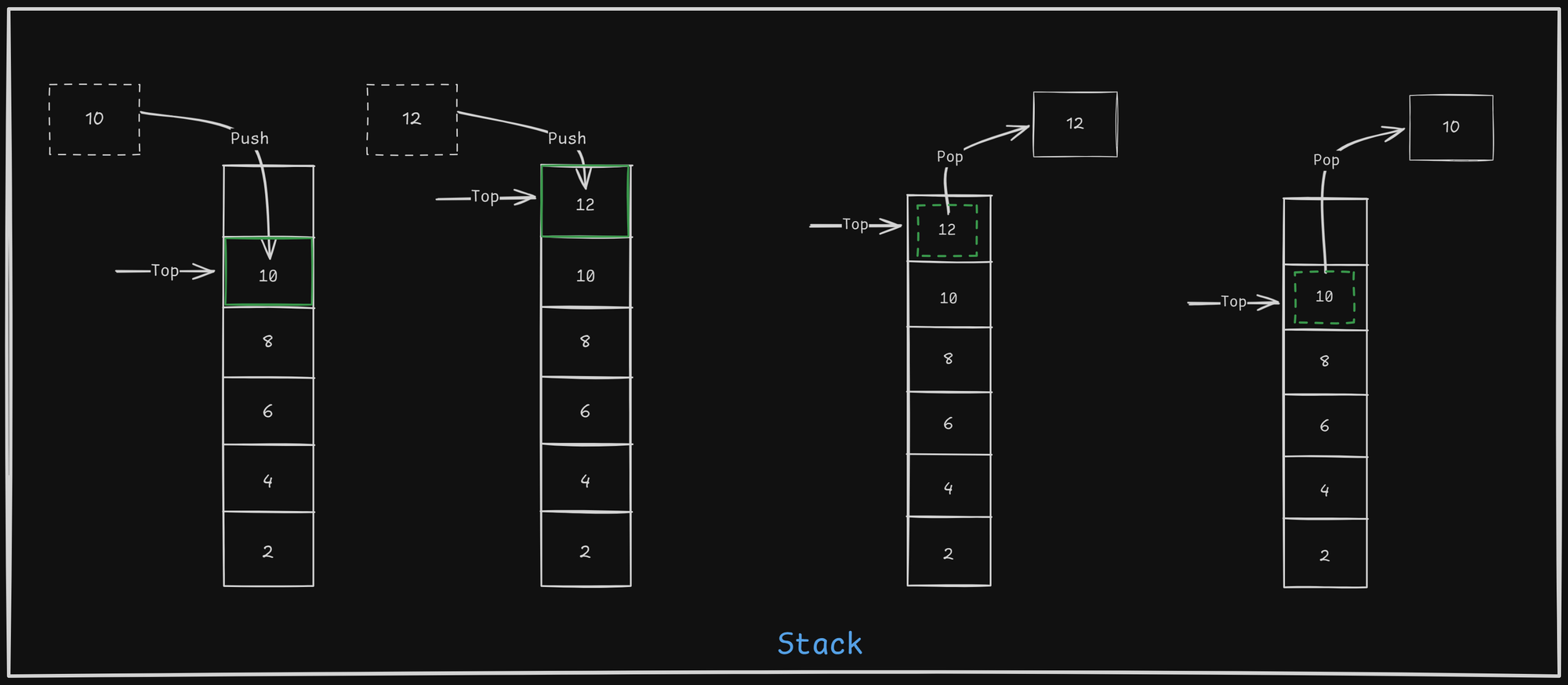
- Queue
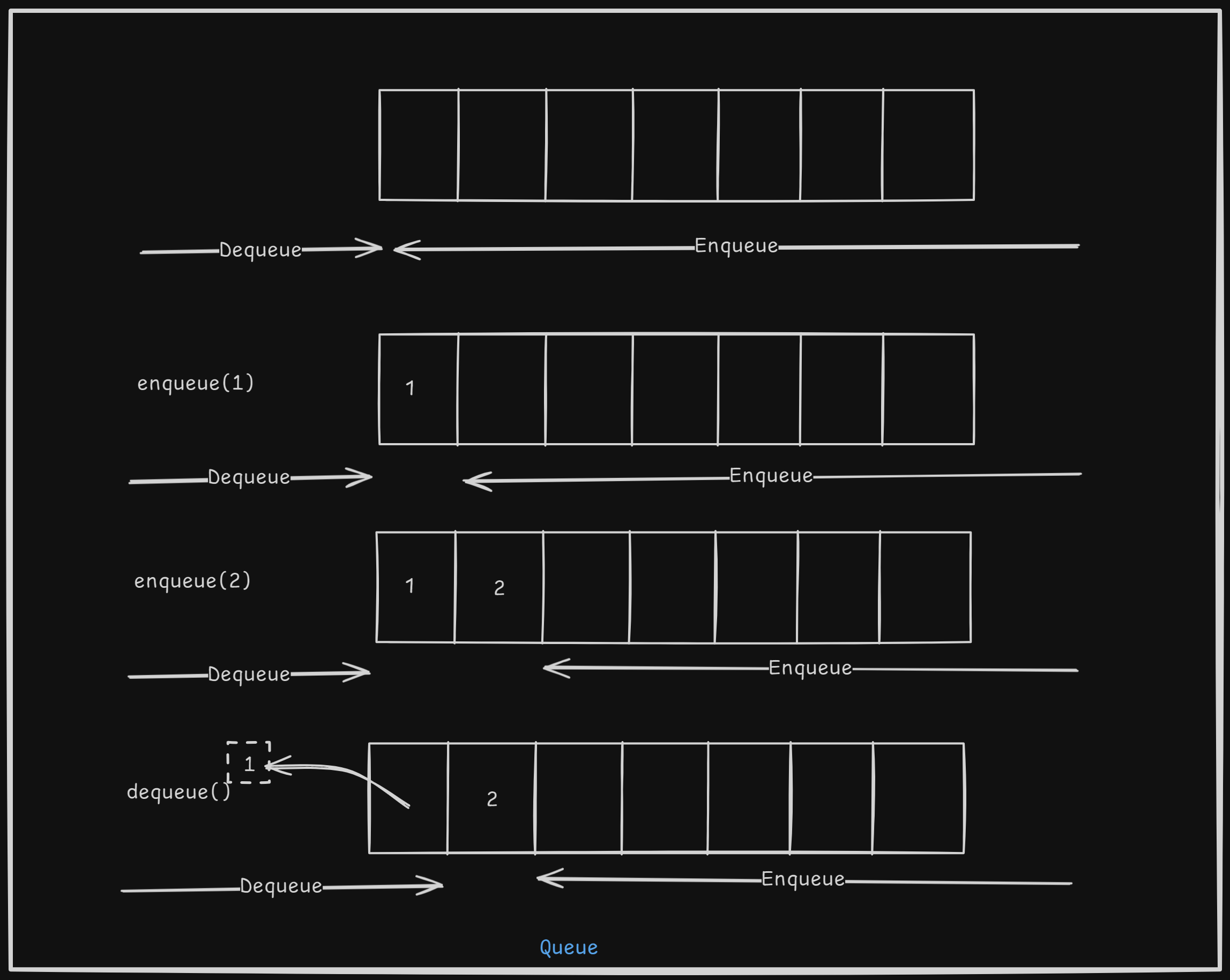
- Linked List

- Tree
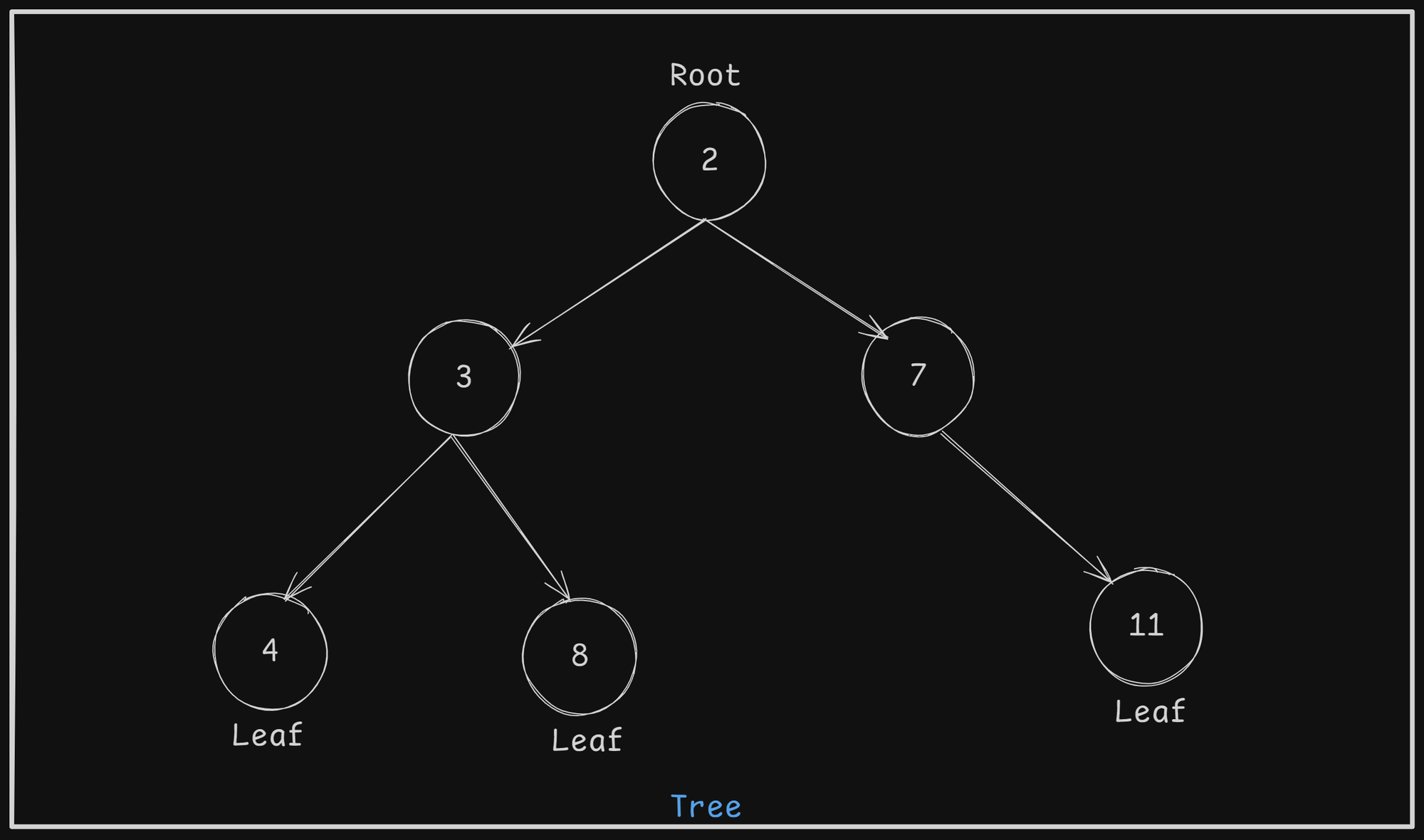
- Graph
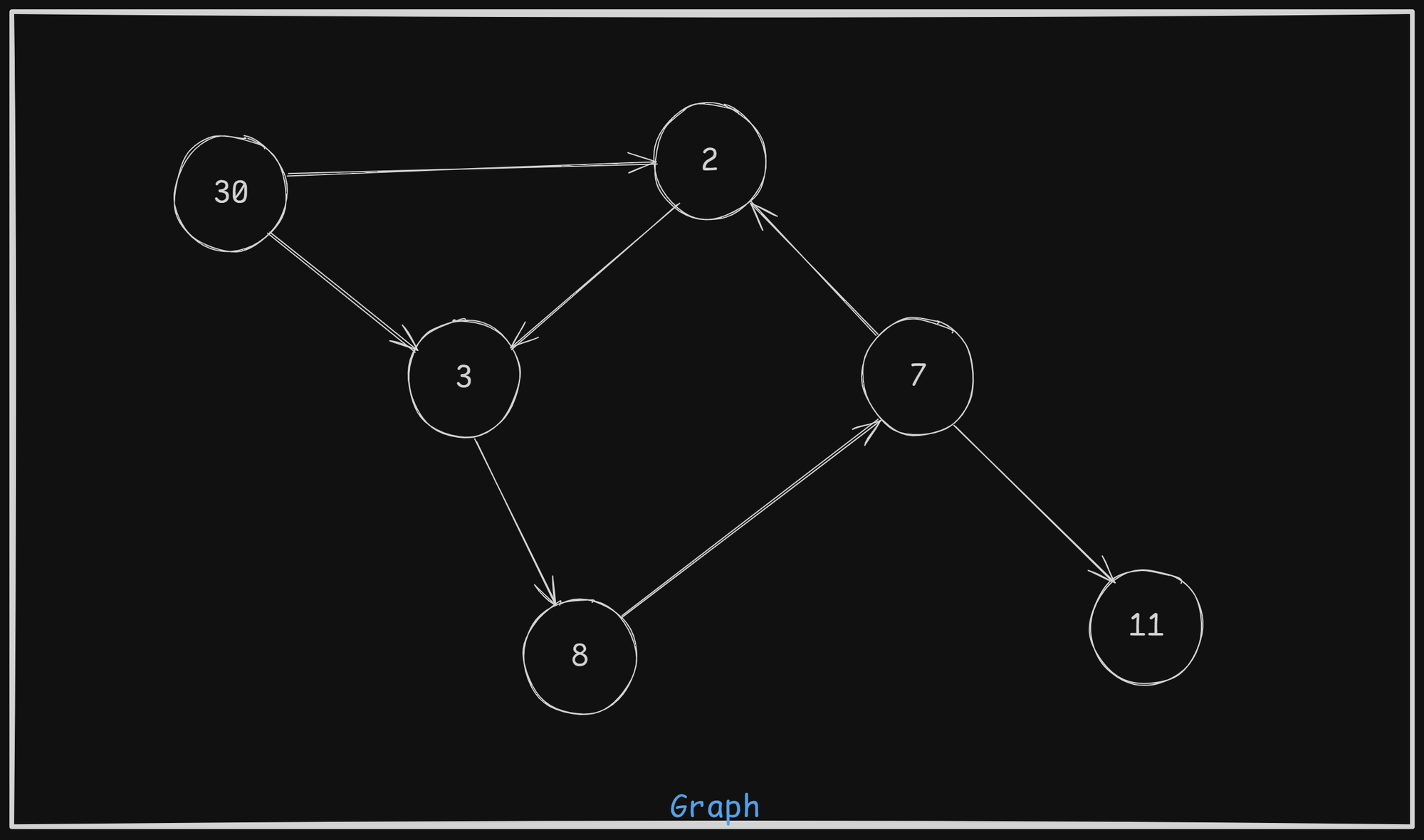
Takeaways
Efficient problem-solving requires careful consideration of both speed (time complexity) and memory (space complexity) when selecting a data structure. The right data structure helps strike a balance between performance and resource management, making your solution more scalable.
